Name U-530 Laid down 8 December 1941 Launched 28 July 1942 Draft 4.67 m | Ordered 15 August 1940 Commissioned 14 October 1942 Construction started 8 December 1941 Length 77 m Beam 6.86 m | |
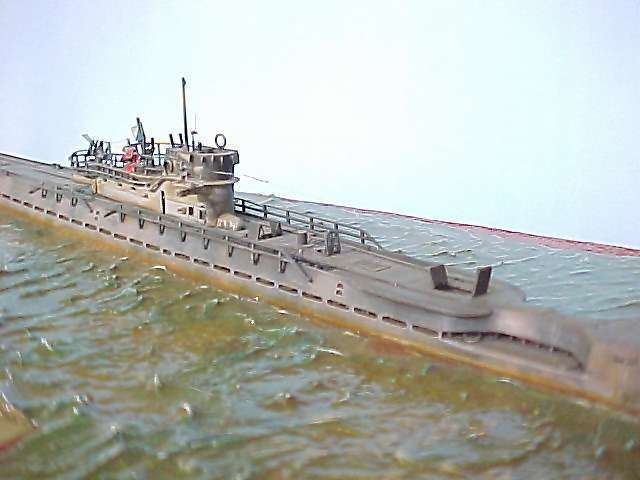 | ||
Fate Surrendered in Mar del Plata, Argentina, 10 July 1945Sunk during torpedo tests on 28 November 1947 by submarine USS Toro Part of | ||
German submarine U-530 was a Type IXC/40 U-boat of Nazi Germany's Kriegsmarine during World War II. She was laid down at the Deutsche Werft in Hamburg on 8 December 1941 as yard number 345, launched on 28 July 1942 and commissioned on 14 October 1942 with Kapitänleutnant Kurt Lange in command, who led her in six patrols. Lange was replaced in January 1945 by Oberleutnant zur See Otto Wermuth, who led her escape to Argentina after Germany's surrender. The submarine's voyage to Argentina led to many legends, apocryphal stories, and conspiracy theories that together with U-977 it had transported escaping Nazi leaders and/or Nazi gold to South America, or even that it would be involved in the sinking of Brazilian cruiser Bahia as the last act of the Battle of the Atlantic.
Contents
- Design
- Radar
- Radar Detection
- Service history
- 1st patrol
- 2nd 3rd and 4th patrols
- 5th patrol
- 6th patrol
- 7th patrol and surrender
- References
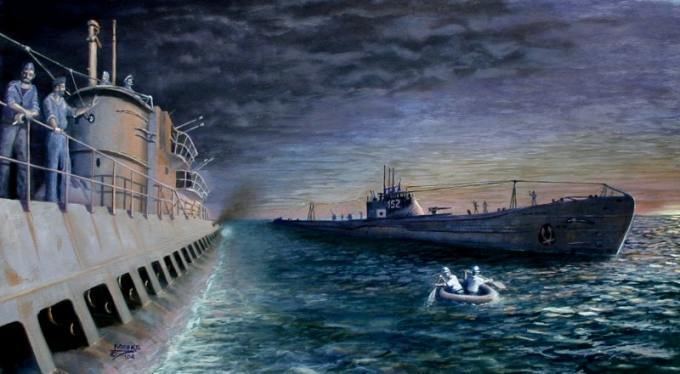
Design
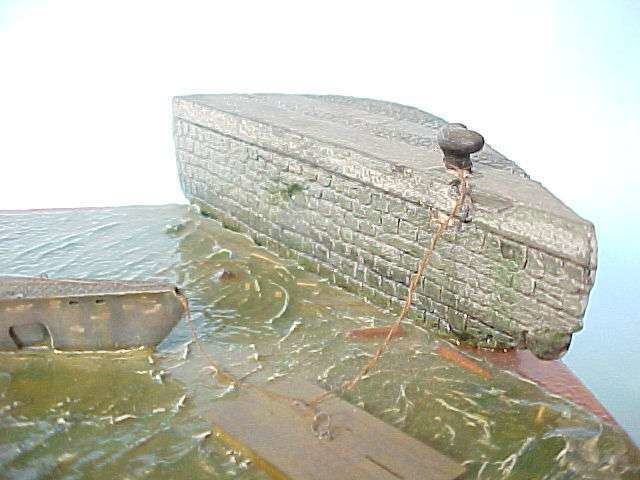
German Type IXC/40 submarines were slightly larger than the original Type IXCs. U-530 had a displacement of 1,144 tonnes (1,126 long tons) when at the surface and 1,257 tonnes (1,237 long tons) while submerged. The U-boat had a total length of 76.76 m (251 ft 10 in), a pressure hull length of 58.75 m (192 ft 9 in), a beam of 6.86 m (22 ft 6 in), a height of 9.60 m (31 ft 6 in), and a draught of 4.67 m (15 ft 4 in). The submarine was powered by two MAN M 9 V 40/46 supercharged four-stroke, nine-cylinder diesel engines producing a total of 4,400 metric horsepower (3,240 kW; 4,340 shp) for use while surfaced, two Siemens-Schuckert 2 GU 345/34 double-acting electric motors producing a total of 1,000 shaft horsepower (1,010 PS; 750 kW) for use while submerged. She had two shafts and two 1.92 m (6 ft) propellers. The boat was capable of operating at depths of up to 230 metres (750 ft).
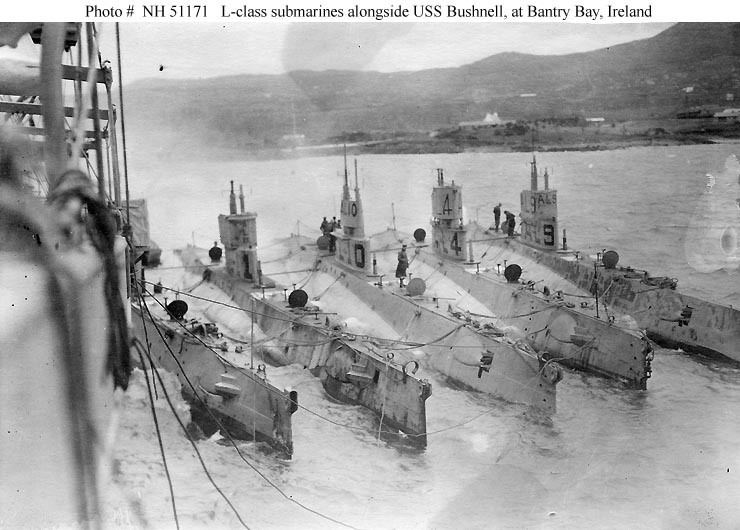
The submarine had a maximum surface speed of 18.3 knots (33.9 km/h; 21.1 mph) and a maximum submerged speed of 7.3 knots (13.5 km/h; 8.4 mph). When submerged, the boat could operate for 63 nautical miles (117 km; 72 mi) at 4 knots (7.4 km/h; 4.6 mph); when surfaced, she could travel 13,850 nautical miles (25,650 km; 15,940 mi) at 10 knots (19 km/h; 12 mph). U-530 was fitted with six 53.3 cm (21 in) torpedo tubes (four fitted at the bow and two at the stern), 22 torpedoes, one 10.5 cm (4.13 in) SK C/32 naval gun, 180 rounds, and a 3.7 cm (1.5 in) as well as a 2 cm (0.79 in) anti-aircraft gun. The boat had a complement of forty-eight.
Radar
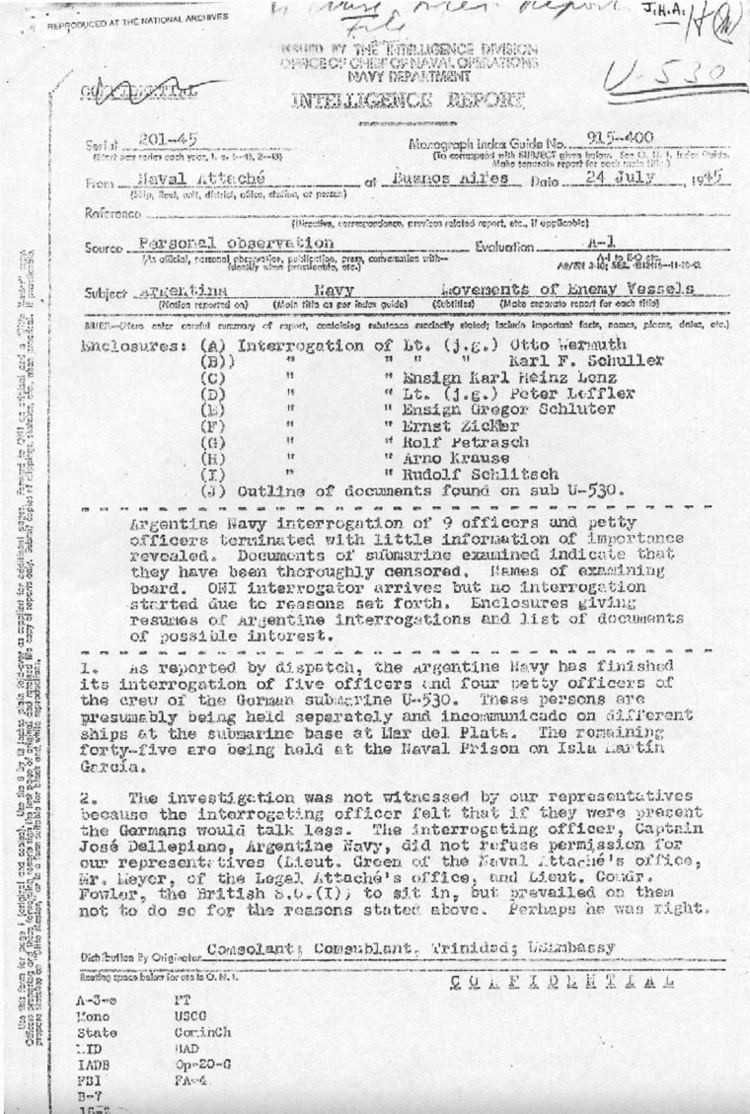
U-530 was one of the few U-boats that was fitted with a FuMO 61 Hohentwiel U Radar Transmitter. It was installed on the starboard side of the conning tower.
Radar Detection
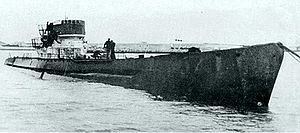
U-530 was fixed with the FuMB-26 Tunis antenne. The FuMB 26 Tunis combined the FuMB Ant. 24 Fliege and FuMB Ant. 25 Cuba II antennas. It could be mounted in either the Direction Finder Antenna Loop and separately on the bridge.
Service history

She served with the 4th U-boat Flotilla while training, then the 10th flotilla from 1 March 1943 to 30 September 1944 and the 33rd flotilla from 1 October 1944 to 8 May 1945. U-530 completed seven war patrols, sinking two ships totalling 12,063 gross register tons (GRT) and damaging another of 10,195 GRT. She surrendered in Mar del Plata, Argentina on 10 July 1945.
1st patrol
The submarine left Kiel on her first patrol on 20 February 1943. Her route to the Atlantic took her through the gap between Iceland and the Faeroe Islands. On 9 March she sank the Swedish ship Milos in mid-Atlantic, at a point roughly equidistant from the southern tip of Greenland, Iceland and northwest Scotland. She also sank the American Sunoil on 5 April after the tanker had already been hit by U-563. She then made her way to the port of Lorient in occupied France, arriving on 22 April.
2nd, 3rd and 4th patrols
These three forays were relatively uneventful, apart from her home port being moved to Bordeaux and then La Pallice.
5th patrol
Her fifth patrol took her to the Caribbean Sea where she attacked and damaged the American tanker Chapultepec on 26 December 1943. She was forced to return to France when she was rammed by the tanker Esso Buffalo on 29 December. She arrived at Lorient on 22 February 1944.
6th patrol
For her sixth sortie, U-530 departed Lorient on 22 May 1944 ultimately for operations in the Trinidad area. On her outward voyage she was to rendezvous with the Japanese submarine I-52 and supply the larger boat with a Naxos radar detector, a radar operator and a German navigator to help I-52 complete her journey.
The two submarines rendezvoused on 23 June in mid-Atlantic, 850 nmi (1,570 km; 980 mi) west of the Cape Verde Islands. The Allies had been informed of the rendezvous and directed the escort carrier Bogue (CVE-9) to the scene; her aircraft managed to sink I-52 with an acoustic torpedo. U-530 returned to base, this time Flensburg, after 133 days at sea.
A short journey from Kiel to Horten Naval Base in southern Norway was her recorded next move, but it did not count as a patrol.
7th patrol and surrender
U-530 did not initially surrender at war's end, as ordered by Admiral Dönitz; instead the crew headed for Argentina and ultimately surrendered to the Argentine Navy on 10 July 1945 at Mar del Plata.
Her captain, Oberleutnant Otto Wermuth, had decided to surrender at Mar del Plata. He did not explain why it had taken him more than two months to reach there, nor why the submarine had jettisoned its deck gun, or why the crew carried no identification, nor what had happened to the ship's log.
The unexpected arrival of U-530 started many rumors. Brazilian Admiral Jorge Dodsworth Martins said he believed that U-530 could have sunk the cruiser Bahia, while Admiral Dudal Teixeira, also a Brazilian, believed that U-530 had come from Japan. An Argentine reporter claimed that he had seen a Buenos Aires provincial police report to the effect that a strange submarine had surfaced off the lower Argentine coast and had landed a high-ranking officer and a civilian who might have been Adolf Hitler and Eva Braun in disguise. U-977, that arrived in Mar del Plata on 17 August, was also accused of sinking Bahia; however, an inquiry eventually found that the cruiser had been sunk due to a gunnery accident.
The Argentine Naval Ministry issued an official communique in which they stated that U-530 was not responsible for the sinking of Bahia, that no Nazi leader or high-ranking military officers were aboard, and that U-530 had landed no one on the coast of Argentina before surrendering.
The crew of U-530 were interned, they and the boat were then transferred to the United States. The submarine was sunk as a target on 28 November 1947 by a torpedo from American submarine USS Toro.
